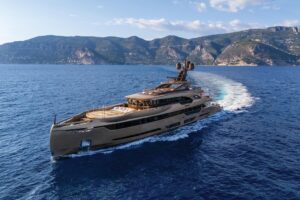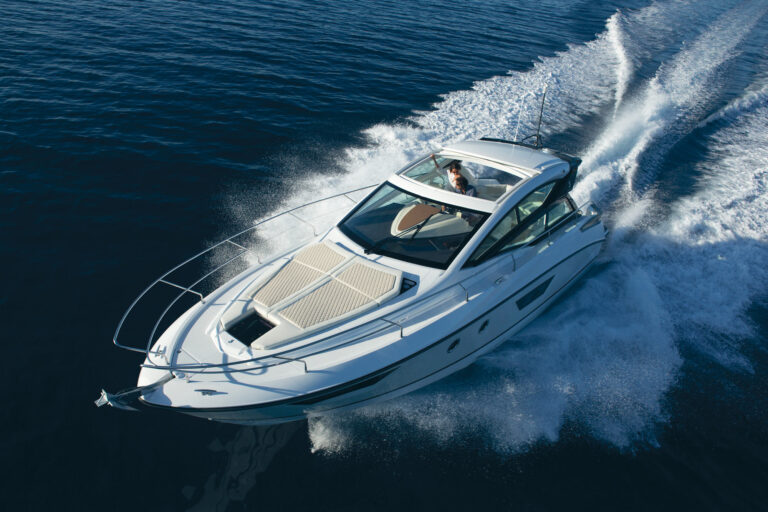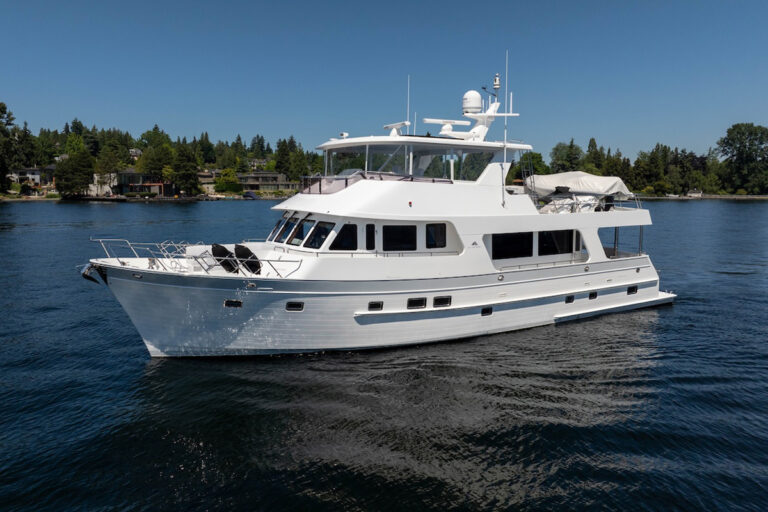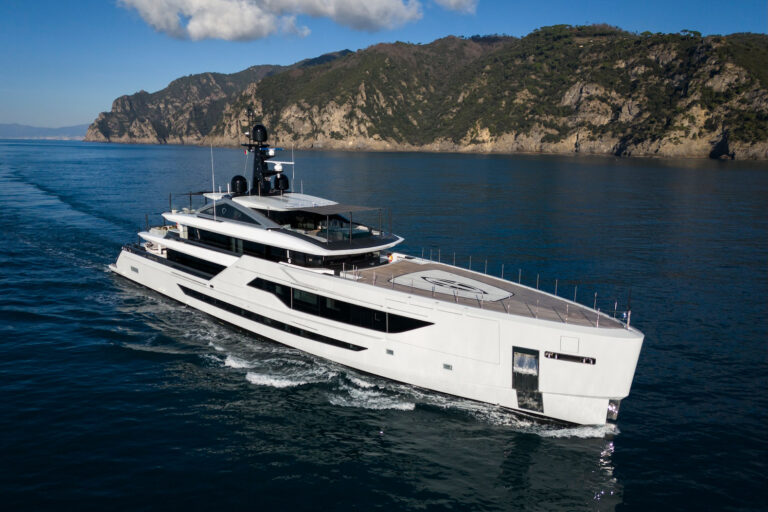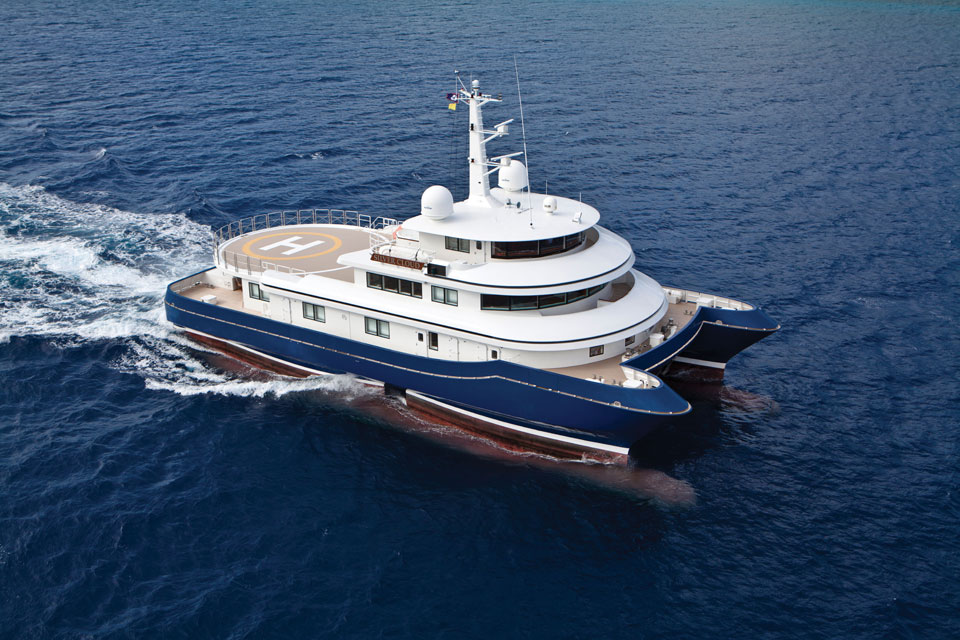
silver-cloud-6361-003-running.jpg

silver-cloud-6361-006-running.jpg
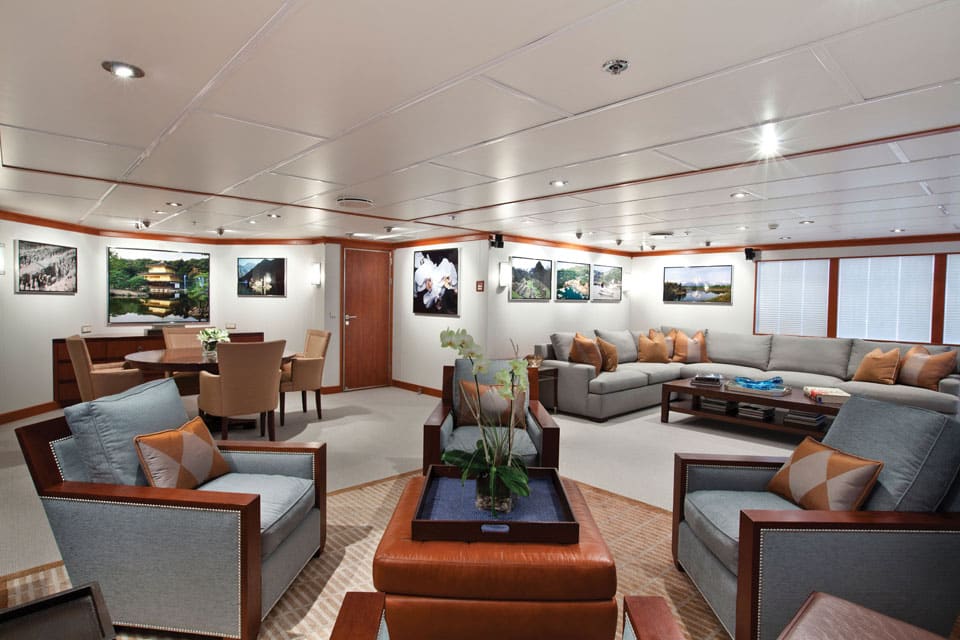
silver-cloud-6361-008-saloon.jpg
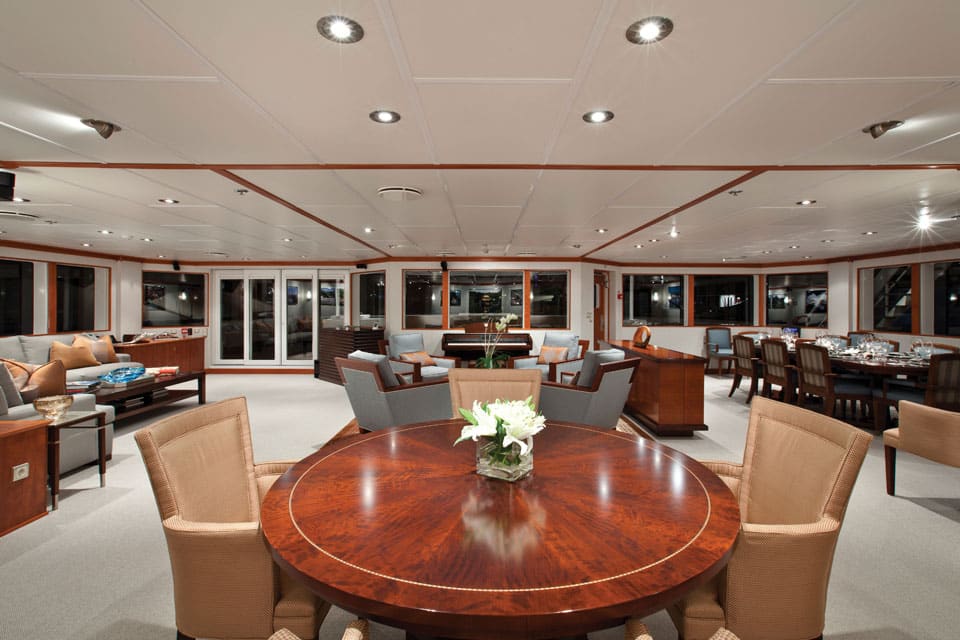
silver-cloud-6361-010-saloon.jpg
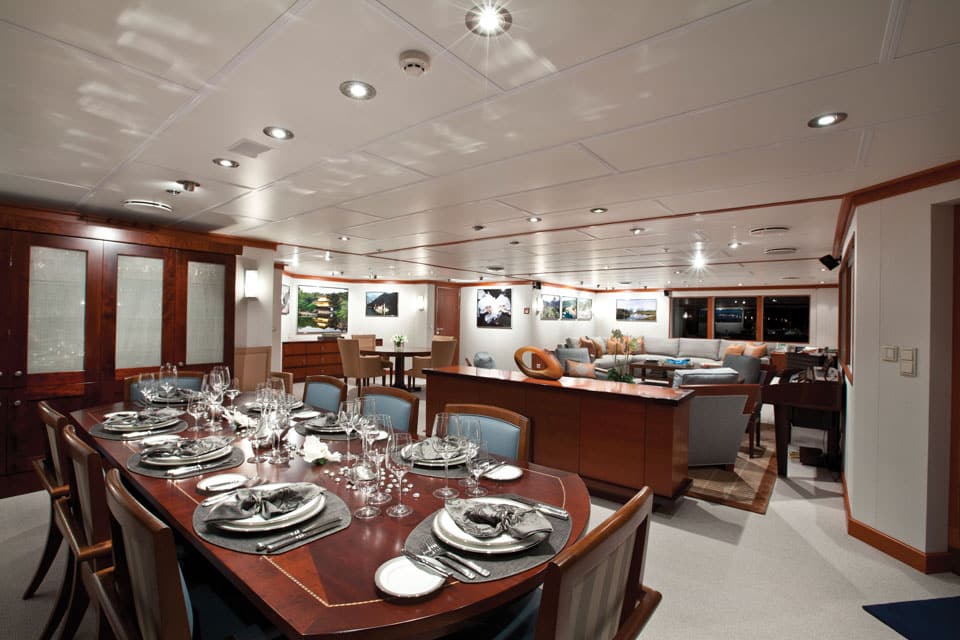
silver-cloud-6361-011-dining.jpg

silver-cloud-6361-015-master.jpg
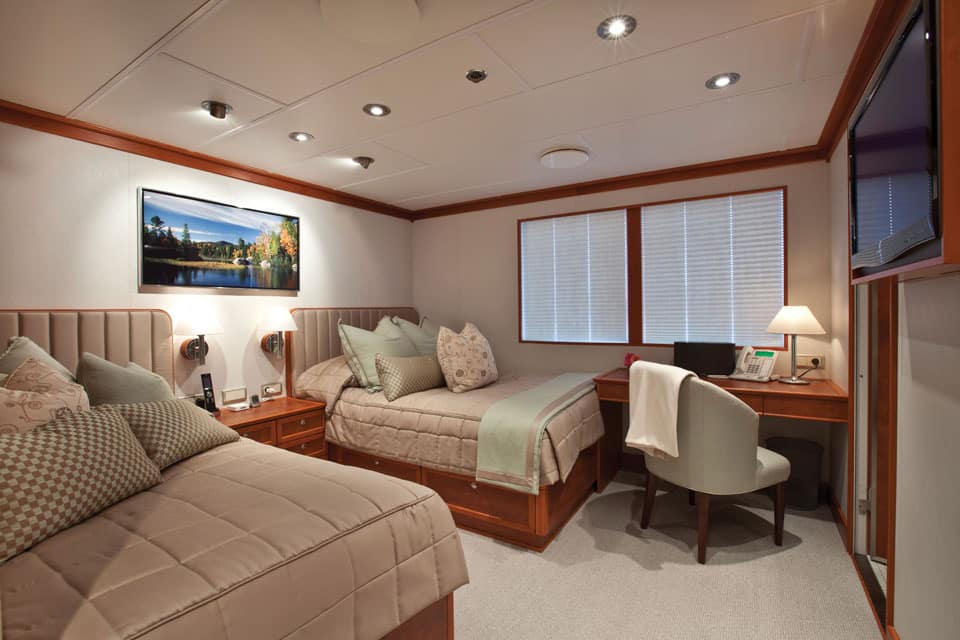
silver-cloud-6361-022-twin.jpg
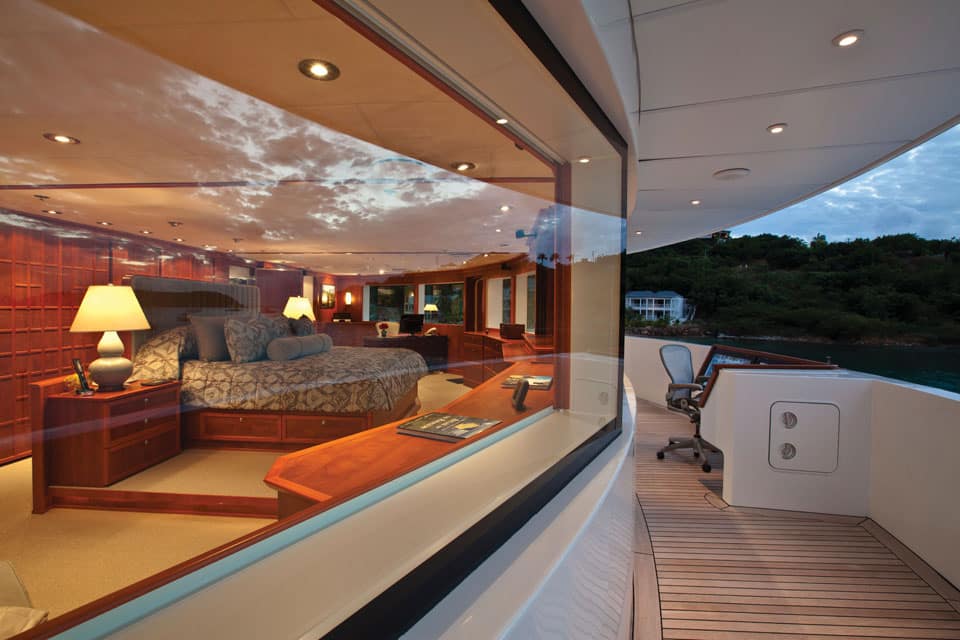
silver-cloud-6361-018-master.jpg

silver-cloud-6361-017-master.jpg
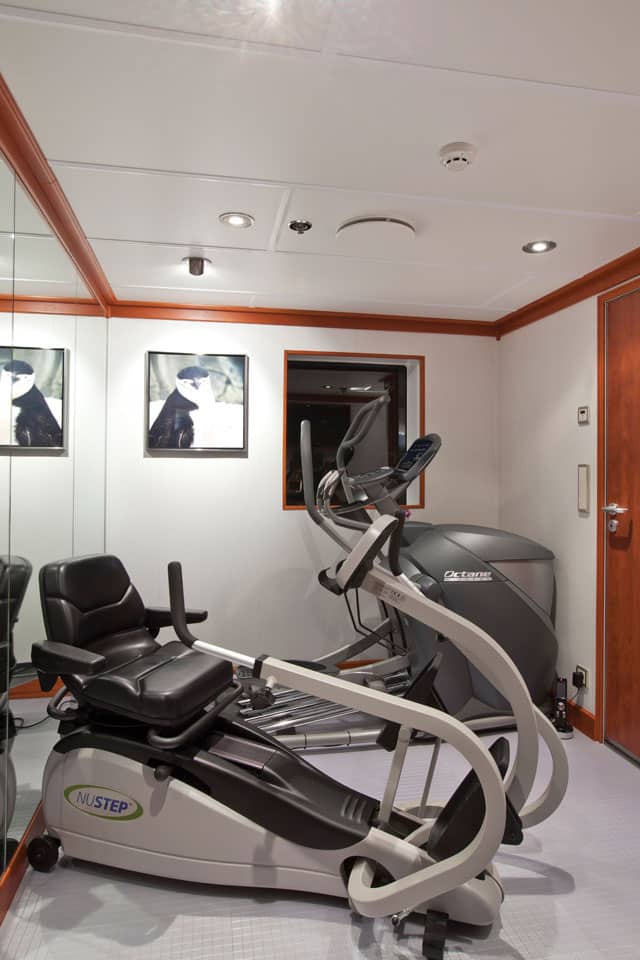
silver-cloud-6361-026-fitness.jpg
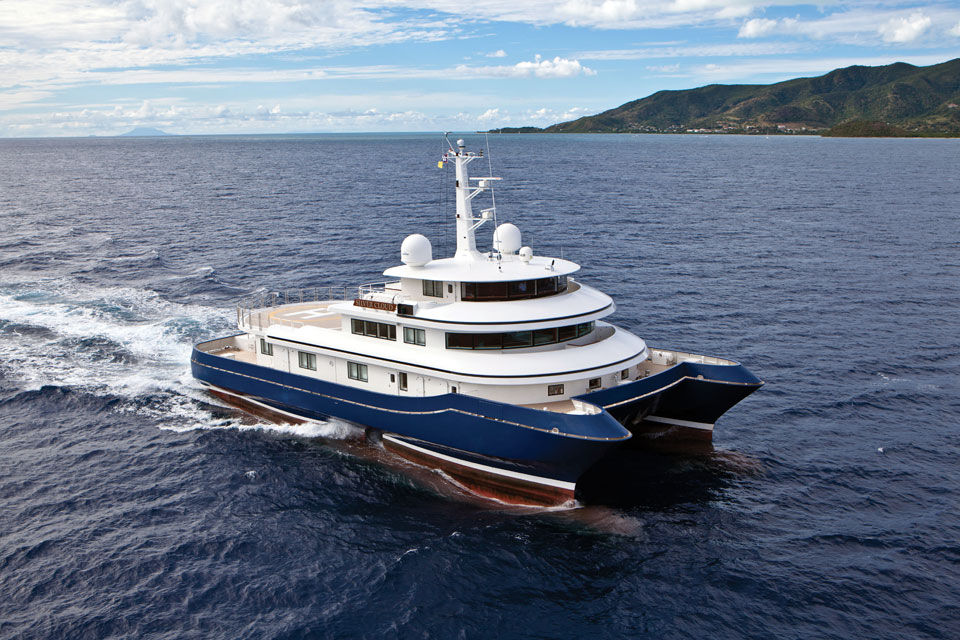
silver-cloud-6361-005-running.jpg
Alex Dreyfoos was in the early days of double digits when the Japanese attacked Pearl Harbor and forced the United States into World War II.
He remembers following news of the war, and like scores of boys, his natural curiosity and fascination with airplanes and boats nudged him into building model war birds and ships. No wonder that diving on the World War II wrecks among the islands of Papua New Guinea stirred his soul during these later days of his life. How many of the planes he saw up close participated in the tide-turning Battle of the Coral Sea or the fighting on Guadalcanal?
Dreyfoos and his wife, Renate, had planned to be in Sydney, Australia, by December of 2009 to celebrate a special birthday and the winter holidays before they headed east to New Zealand for a six-week cruise. From New Zealand, they’d planned to steam west to the Seychelles, Cape Town and back to the Canary Islands to complete a circumnavigation. News of pirates in the waters of the Seychelles, however, would eventually send them east to French Polynesia. Meanwhile, the many islands northeast of Papua New Guinea beckoned.
The journey to this place of extraordinary natural beauty and a remarkably friendly population began a long time ago. Dreyfoos had signed on as navigator aboard Volcano, an IOR race boat designed by German Frers, aboard which he discovered that long stints at the nav station made him seasick. His first motoryacht was a 1963 Rybovich 51 sport-fisherman, and the number of his friends who admitted to getting seasick when he invited them aboard surprised him. Many years later, he married Renate, who confessed to suffering from motion sickness since early in her childhood. Riding the trolley was all the motion she needed to make her ill, but that didn’t stop her from joining Alex on long cruises aboard their 115-foot Burger — the next yacht in the series. Unlike experienced seamen, who get seasick but recover quickly, Renate needed two or three days to recuperate.
Common wisdom says that bigger is better when one wants to reduce the effects of motion, but the theory didn’t work for Renate. She continued to suffer aboard the 143-foot Feadship, which had replaced the Burger. In a search to solve the problem, Alex looked into catamarans, trimarans, hydrofoils and jet-drive fast ferries, and then someone suggested that he and Renate examine the SWATH (small waterplane area twin hull). They eventually found Abeking & Rasmussen, builder of fine yachts and, what’s more important, a succession of SWATH work boats.
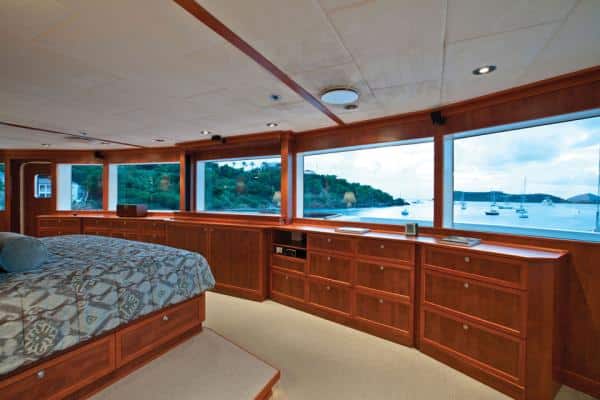
“On a day in June 2005 in the North Sea aboard an A&R 82-foot pilot boat …” Dreyfoos said in a talk to the Superyacht Society, “in sea conditions that would have had Renate seasick … she was knitting and reading.” That episode sealed the deal.
In October of 2008, about a year before their voyage to Papua New Guinea, Dreyfoos and Renate cast off from the A&R yard near Bremen, Germany: destination, Palm Beach, Florida. This was the shakedown cruise of their new 134-foot SWATH, Silver Cloud (see “Driving Force,” July 2011 Yachting), and it took them through the North Sea, English Channel, Bay of Biscay, the Straits of Gibraltar for fuel, and then west to the Canary Islands, St. Thomas in the U.S. Virgin Islands and Florida. They couldn’t have picked a better yacht than Silver Cloud to make their 19-month voyage of discovery.
A SWATH is a pair of submarines carrying a beamy yacht on their back, perched atop streamlined struts, well above the water’s surface. Silver Cloud has five-sixths of her displacement in these submarine-like hulls, which ride about 13 feet below the surface — in the sea’s quiet zone. The result is extraordinary stability and a wonderfully easy motion — improved further by the use of active stabilizers on the hulls — making her the perfect platform for folks who easily become seasick. During the shakedown cruise, Silver Cloud encountered quartering short-period seas of 6 to 10 feet in the North Sea. In the Bay of Biscay, the wave periods lengthened and included moderate swells. In the Atlantic, the yacht encountered seas of 10 to 16 feet on the beam, quartering and on the nose, plus occasional waves of more than 20 feet. The SWATH design lived up to its billing.
Silver Cloud has a beam of 58 feet, making the dimension of the main salon greater athwartships than fore-and-aft. The master suite spans the full beam of the upper deck and gives the Dreyfooses a 180-degree view forward. In plan view, the suite has the same shape as a half-slice of watermelon. “As Silver Cloud spends a relatively large percentage of its time at sea, with continuously changing scenery,” Dreyfoos said in his presentation, “the view is much more interesting than the day-to-day view one gets in a marina.” The master berth is on a platform so its occupants can see the horizon while they’re lying in bed — better than TV.

Living on the upper deck is like being in a separate Zip Code, the privacy is so complete. Renate has a private bath on the port side, Alex has his on the starboard side just inboard of his study. The sky lounge occupies a chunk of real estate abaft the study. “We do invite guests to our spacious sky lounge,” Alex said. It has a 65-inch LED monitor for movies and TV, and four large powered reclining chairs, which often entice his guests to doze off before the movie ends.
The private deck forward of the master suite contains a fully equipped navigation station from which Alex can control Silver Cloud and call up any of the displays that appear on the captain’s bridge above. “I have an arrangement with the captain,” Alex said. “When the weather is nice, it’s my boat; when it’s inclement, it’s his boat.”
Although Silver Cloud’s draft of 11.5 to 13.5 feet limits the number of harbors available to her, the yacht’s extraordinary stability and easy motion allow her to anchor comfortably outside most harbors. This makes her the perfect yacht for adventures — drop the hooks, launch the tender and go. She’s the quintessential floating hotel — booked solid for many of the legs of her voyage — and she’s never been out of the water since her launch in July 2008.



